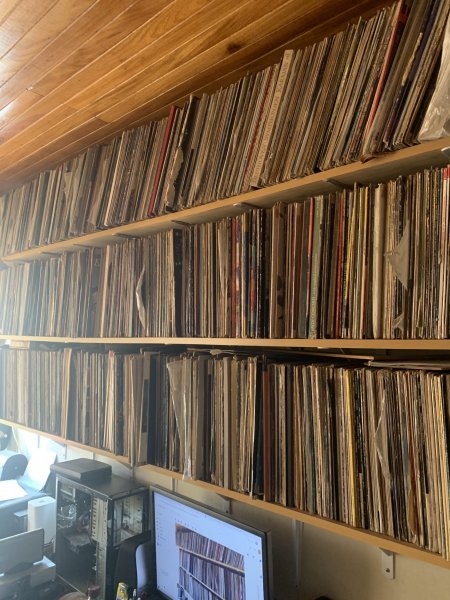I do not you, but I have this with all my turntables, Linn LP-12, Goldmound Studio and the Oracle Delphy...No matter the damp material base, I get it. Also, look the quality fo the signal. Thats a 1KHz tone there...you think it is stable, steady?
I am playing most of my music in DSD format. If the file is not DSD, I can upsample it. Yes, I do now that upsampling is not the same thing than to have the DSD format. My dac is an Exasound E-32. The founder of Exasound is a Russian person with tremendous knowledge on Digital . He wrote a special USB input drivers that the jitter is non existent. O jitter! Also, I have some files at a 11MHZ of upsampling and 32 bits. This is very impressive. The dynamics and low distortion on my speakers along with the Conrad-Johnson gear, my sound had change for good.
Also, I have a special power supply for the dac. It is the Up Tone Audio JS-2 linear power supply. When a I was a kid, I used to sing with a comb and a piece of silk-paper, producing a strings-bow alike sound, or blowing though an empty Adams-gum box. This kind of bzzz sound is characteristic when you are close to a violin or any string-bow musical instrument. Well, I can tell you that with this JS-2 power supply, I have this in most of all my strings recordings. At the double bass and cello, that harmonic texture sound is more evident, and with Salvatore Accardo playing all the Paganini Violin Concertos, I have it. This is an analogue recording converted to digital...and believe me, it is breath taking!
Happy listening!



